International Journal of Radiology and Radiation Oncology
Three Simple Software Extensions for Automatic Presentation of Radiation Induced Toxicity, Sequelae and Treatment Outcomes, for Increasing Safety in Daily Therapeutic Routine, and for Enhancing Patient Comfort
Robert Michael Hermann1,2*, Michael Schober1, Ulrich Martin Carl1 and Mirko Nitsche1,3
2Department of Radiotherapy and Special Oncology, Hannover Medical School, Hannover, Germany
3Department of Radiotherapy, Karl-Lennert Cancer Center, University of Schleswig Holstein, Campus Kiel, Kiel, Germany
Cite this as
Hermann RM, Schober M, Carl UM, Nitsche M (2016) Three Simple Software Extensions for Automatic Presentation of Radiation Induced Toxicity, Sequelae and Treatment Outcomes, for Increasing Safety in Daily Therapeutic Routine, and for Enhancing Patient Comfort. Int J Radiol Radiat Oncol 2(1): 009-011. DOI: 10.17352/ijrro.000012Background: Simple software extensions to already existing software-infrastructure can monitor treatment results, increase patient safety and enhance patient comfort in a very cost-effective way. This is of particular interest due to the increasing implementation of quality management in radiotherapeutic treatment sites as well as due to the external cooperation in cancer centers. In this article, we present three different tools.
Results: First, “ToxReview” is a program extension to “MOSAIQ” 02.10. It correlates automatically radiation induced toxicity and treatment outcomes with therapeutic concepts (target volumes, radiation doses etc.). Data are shown in a simple tabular form.
Second, “Patient Recognition” is a JAVA based program extension that aims to minimize the risk of mix-ups between patients. It does not need a MOSAIQ license. It identifies the actual patient uploaded in the treatment control station. On a monitor next to the treatment room entrance a portrait and the name of this patient is shown, enabling the assistance staff and the patient himself to check that his specific data are uploaded.
Third, the add-on “Jukebox” enables to play patient individualized music and entertainment programs in the radiation room during treatment. No additional efforts are necessary for the assistance staff.
Conclusion: We present customer programmable software extensions with high value in daily clinical practice, to expand the possibilities of the pre-existing IT infrastructure. Quality management, patient safety and patient satisfaction are substantially increased.
Introduction
Quality management (QM) in radiotherapy has been traditionally focused on clinical and physical aspects of treatment planning and delivery. In recent years, the documentation and regular analysis of radiation induced acute side effects, late sequelae, and treatment outcomes have been of increasing importance [1,2]. This is due to the continuously growing formation of cancer or specialized tumor centers that require externally validated treatment data for certification. Furthermore, internal QM systems like ISO-9001 bring into focus individual wishes and needs of the patients [3]. In commercially available software solutions these requirements are often not sufficiently implemented or unreasonably high priced due to special license fees.
This is why customer programmable software tools are of high value in daily clinical practice, to expand the possibilities of the pre-existing IT infrastructure. In the following, we describe three simple software tools to monitor treatment quality, to increase treatment safety, and to improve patient satisfaction in a very cost effective way in daily clinical practice.
ToxReview: automatic correlation with toxicity and treatment concepts (target volume, radiation dose) to enable centre-referential description and surveillance of radiotherapeutic toxicity and treatment outcome
In radiotherapy the oncology information system (OIS) “MOSAIQ” is widely used. As a supplementary module it allows the documentation of so called clinical assessments. In these electronic data sheets organ specific treatment related toxicity [according to Common Terminology Criteria for Adverse Events scales (CTC) and LENT-SOMA [4], can be coded, as well as tumor recurrences, metastases or death. For daily clinical practice the data entry form can be categorized according to the actual irradiated region (e.g. breast, pelvis, head and neck). For instance, in breast cancer patients only relevant organs are shown, but not bladder or rectum. Such an assessment of radiation induced toxicity is performed once a week during the treatment course and on each follow-up visit by the attending physician. It takes just a few seconds to code the toxicity according to CTC in electronic data entry sheets, and often replaces the running text in the patient file.
Additional recurrences, location of recurrence, and death are documented in the data entry form. This is especially important during follow-up to define oncological treatment results, and is done in our clinics by the attending physician during follow-up visits, phone calls, or after receiving written information on the further course of the patient.
To correlate treatment concepts (treatment volumes, radiation doses, additional therapies, risk factors) with side effects or treatment outcome, these concepts are categorized in clinical assessments. An example to categorize different concepts in radiotherapy of prostate cancer in our clinics is given in Table 1. We categorize each treatment concept during treatment planning.
A self-written crystal-syntax analysis correlates the chosen concepts with the side effects or treatment outcome of the respective patients (Figure 1). Results are displayed either in detail with each patient or as a tabular summary. In the latter each patients is counted once with the highest reached CTC-score of each symptom.
With prospective documentation of side effects and treatment results in clinical assessments center specific oncological results are easily accessible. An analysis takes just a few minutes.
“However, our software extension is inconvenient in case, a retrospective analysis of initially not coded treatment concepts has to be done. If such an analysis is required, all respective patients have to be coded for this new category manually.”
This software extension is useful for all radiotherapy centers, that utilize MOSAIQ and that are interested in a transparent breakdown of therapy induced toxicity for research or for quality management.
Patient Recognition: higher safety in daily clinical practice by exclusion of patient misidentification
Central task of quality management in modern radiotherapy is the avoidance of mistakes. One of the most dangerous and relatively common mistakes is the mix-up of patients (due to the same surname, or by missing concentration of the staff) [5]. This would mean, that the patient who is actually in the treatment room, receives the planned irradiation of another patient, resulting in completely different treatment volume definition and even dose fractionation.
In the following we describe an electronic tool to avoid patient misidentification.
It consists of a platform-independent program extension based on JAVA vers. 7 update 7 of the OIS MOSAIQ, and monitor positioned in the entrance area of the treatment room (Figures 2,3). A separate license for MOSAIQ is not needed. The extension recognizes the patient, who is uploaded in the treatment control computer. Before radiotherapy actually starts, each patient is photographed. This identification-portrait together with the surname is shown on the monitor (Figure 4). Each patient is adviced to look at the monitor while entering the treatment room on his way to the LINAC, and – together with the staff – to make sure that his name and his portrait are shown. So the patient himself confirms his identity – independently of the staff. This is a very simple but effective tool to crosscheck the patient with the uploaded treatment plan in the treatment control computer.
Mistakes in radiation delivery due to mix-up of patients are almost impossible. Potential risks lie with inadvertencies of patient and staff at the same time. Alternative technical solutions (e.g. using a barcode-scanner in the treatment room) are much more demanding in daily clinical practice.
Jukebox: individualized music entertainment during irradiation: showing an interest in patient wishes, more variety for the staff
Patient surveys on possible improvements of radiotherapy treatments have shown a surprisingly high relevance of background music (3). On the other hand, permanently repeated relaxation music causes frustration felt by the staff members.
The Java program extension described above recognizes the patient, who is uploaded in the treatment control computer. In MOSAIQ, several different music categories (classic, rock etc.), radio programs or even histories of famous soccer clubs are provided in clinical assessments. The music preferred by the patient is selected in this selection list. The JAVA based software extension “Jukebox” recognizes the preferred music category of the actually uploaded patient in the treatment control computer, and activates a category specific MP3 play list. These play lists can be extended at will. During the stay in the radiotherapy room, the patient listens to his individually chosen favorite music style.
In our clinics the introduction of the software extension has increased the satisfaction of the staff members, as they do no longer have to choose the music in the treatment room and to restart the music system. The patients themselves are impressed by the technological options.
Taken together, the above described simple self-written software extensions provide continuous toxicity and outcome monitoring, increase patient safety, and improve patient satisfaction. They are very cost effective, as they do not need additional licenses of the running OIS infrastructure. Such tools are highly recommended for daily clinical practice.
- Hawighorst H, Becker G, Hodapp N, Wenz F (2009) First results of the federal quality assurance group ("Arztliche Stelle") in radiotherapy in baden-württemberg: part 1. Strahlenther Onkol 185: 493-499 .
- Hawighorst H, Wenz F, Hodapp N, Becker G (2009) First results of the federal quality assurance group ("Arztliche Stelle") in radiotherapy in Baden-Württemberg: part 2. Strahlenther Onkol 185: 830-836 .
- Momm F, Jooss D, Xander CJ, Adebahr S, Duncker-Rohr V, et al. (2011) Survey of potential improvements during the course of the radiotherapy treatment--a patient questionnaire. Strahlenther Onkol187: 750-756 .
- (1995) LENT SOMA scales for all anatomic sites. Int J Radiat Oncol Biol Phys 31: 1049-1091 .
- Portaluri M, Fucilli FI, Gianicolo EA, Tramacere F, Francavilla MC, et al. (2010) Collection and evaluation of incidents in a radiotherapy department: a reactive risk analysis. Strahlenther Onkol 186: 693-699 .
Article Alerts
Subscribe to our articles alerts and stay tuned.
 This work is licensed under a Creative Commons Attribution 4.0 International License.
This work is licensed under a Creative Commons Attribution 4.0 International License.
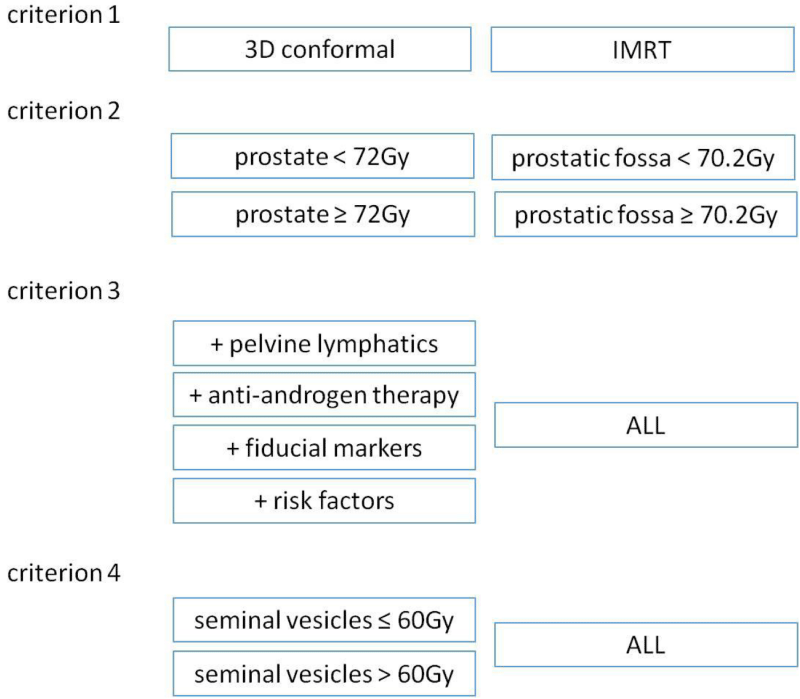
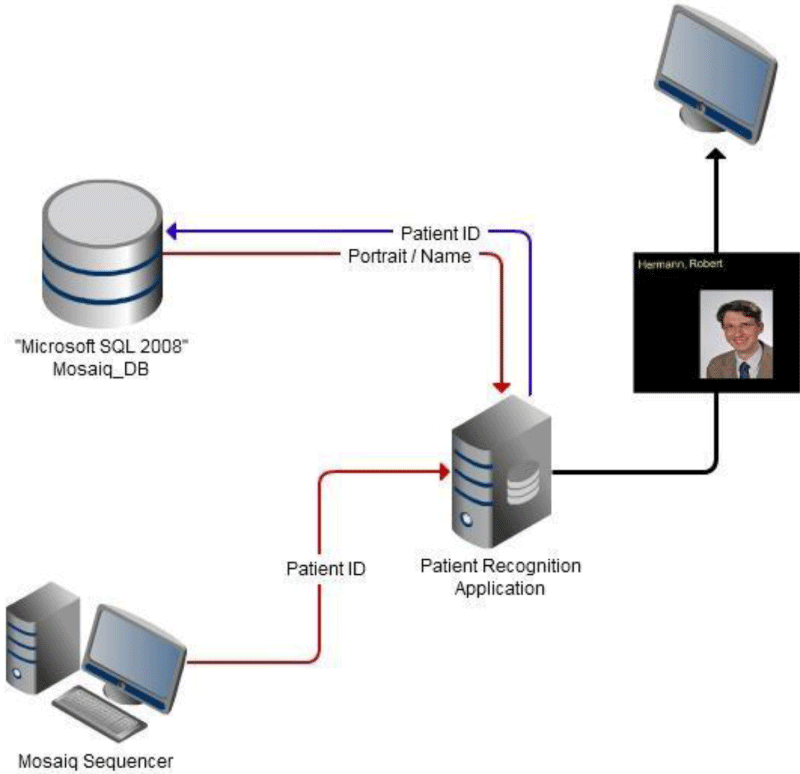
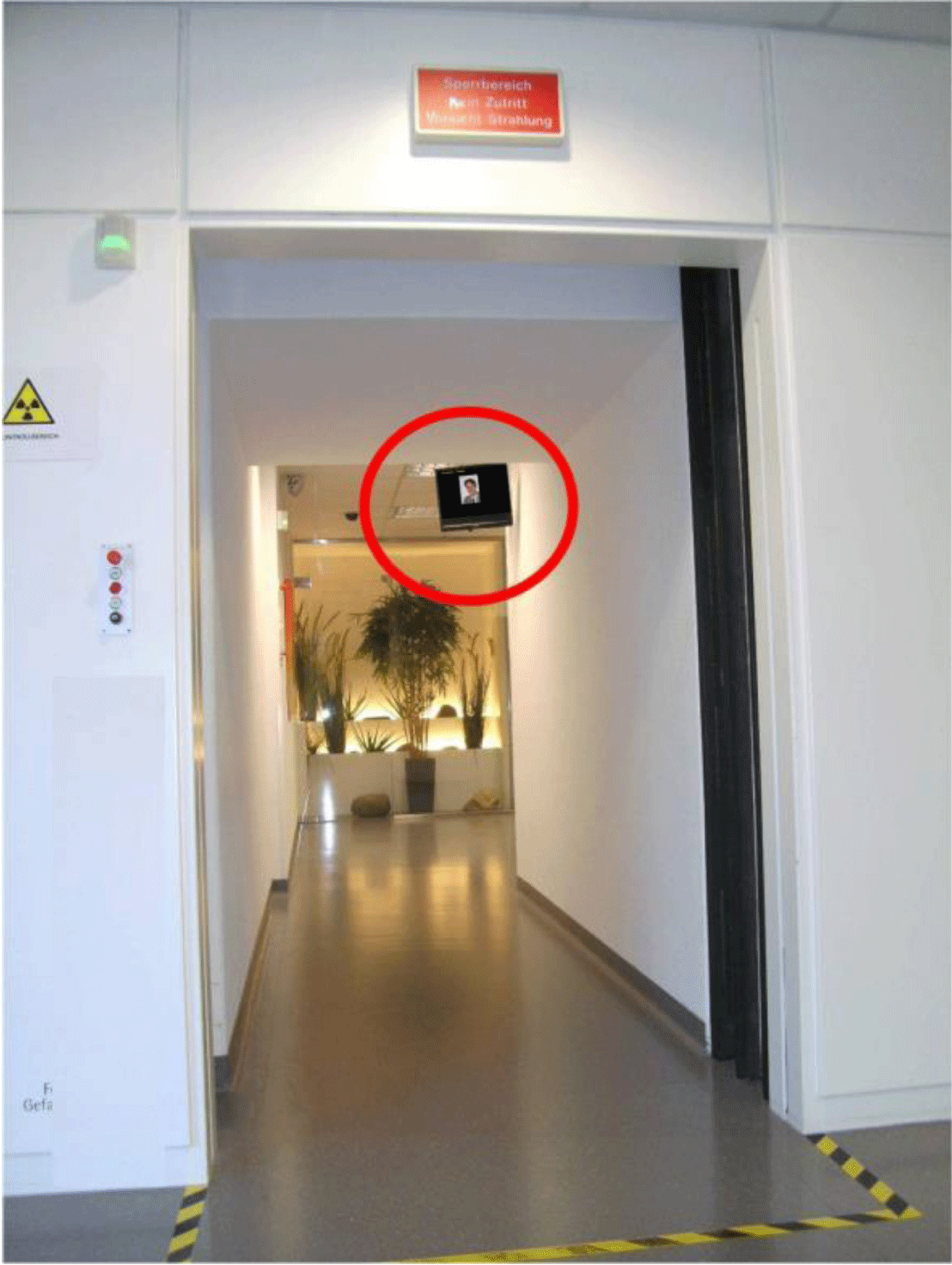
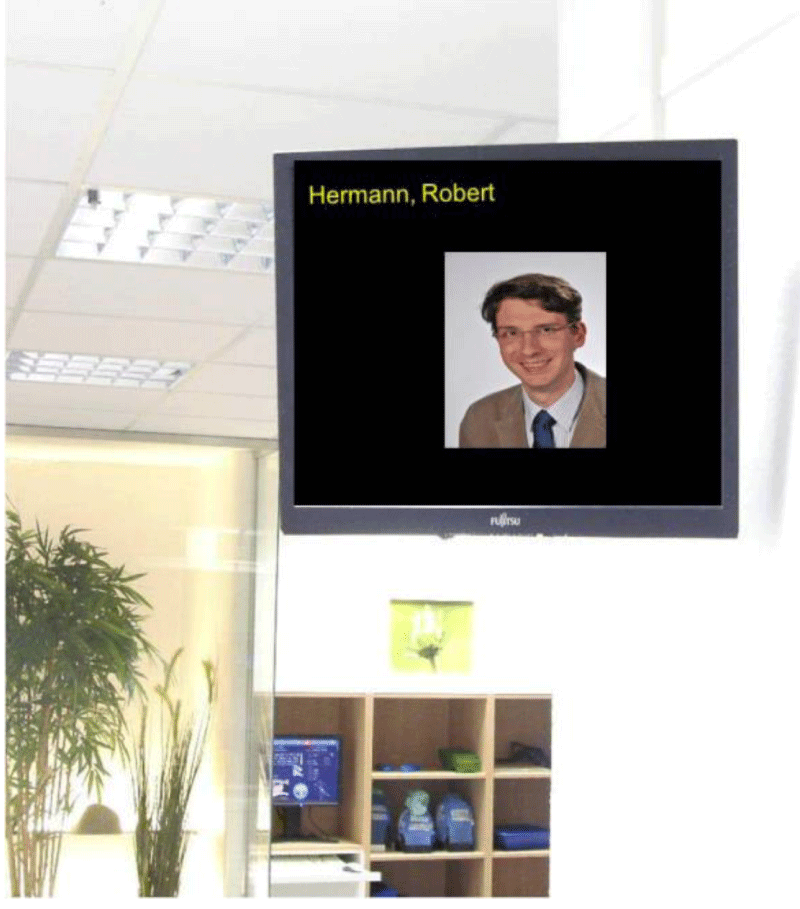
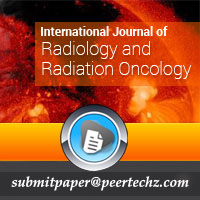
 Save to Mendeley
Save to Mendeley
